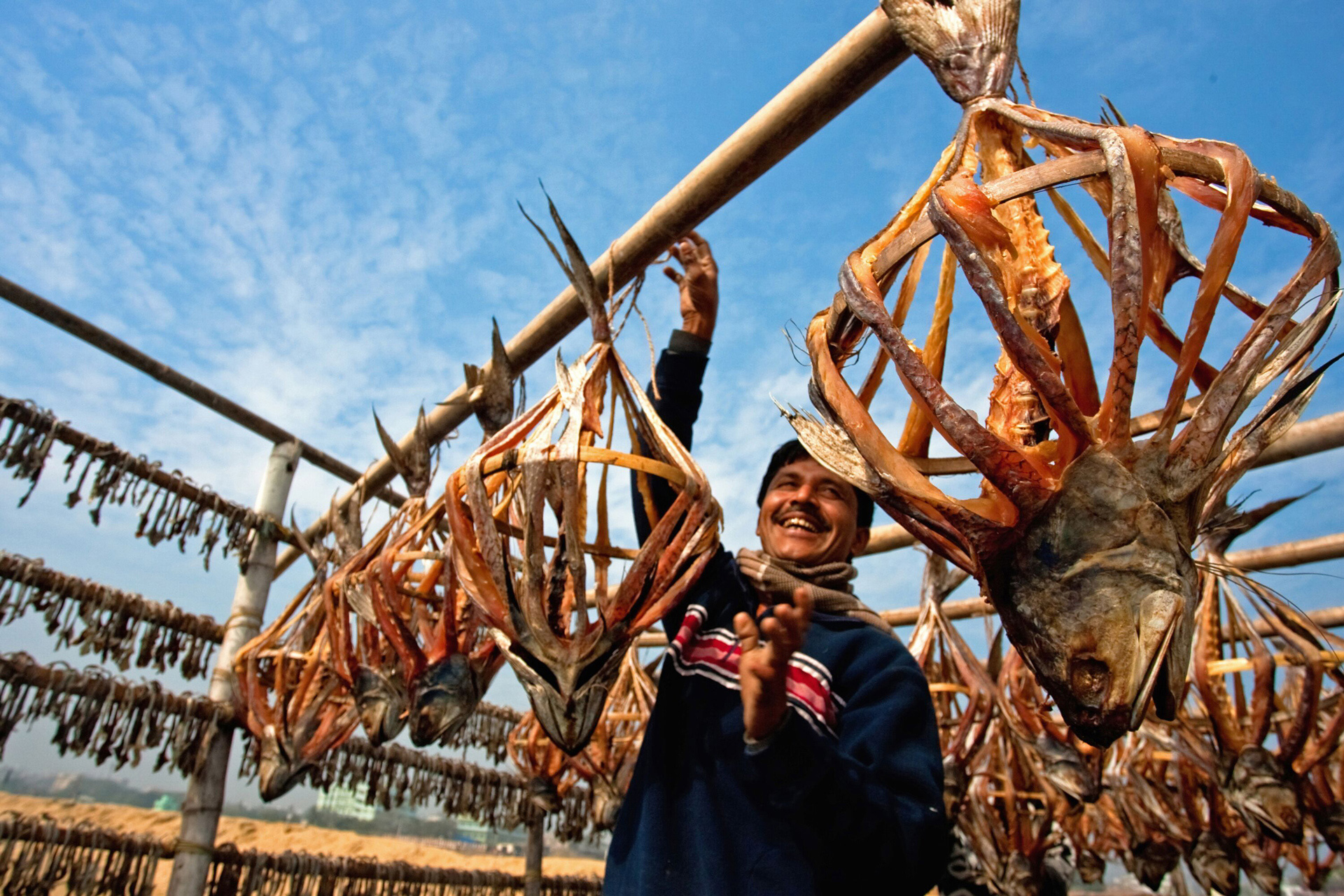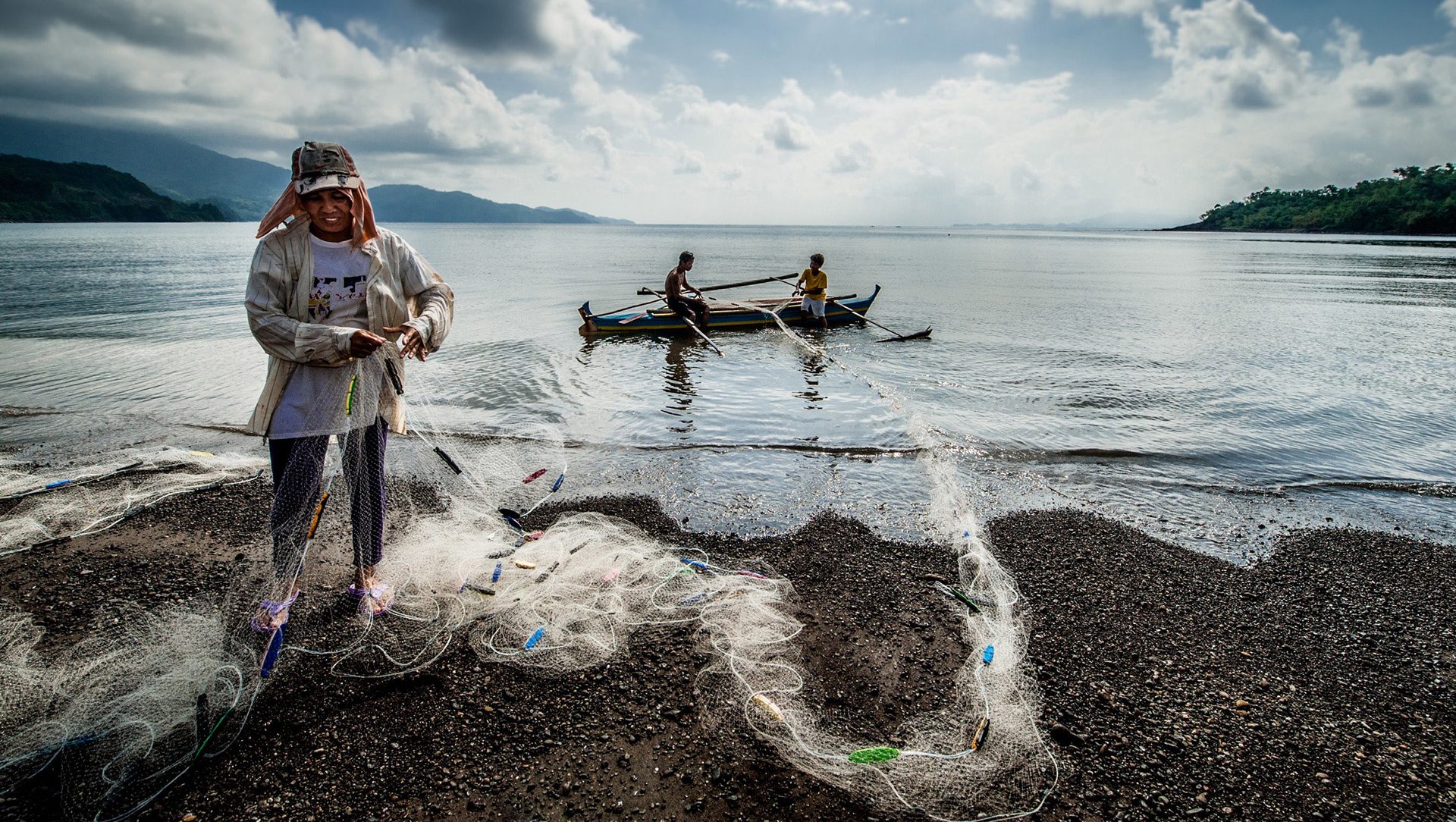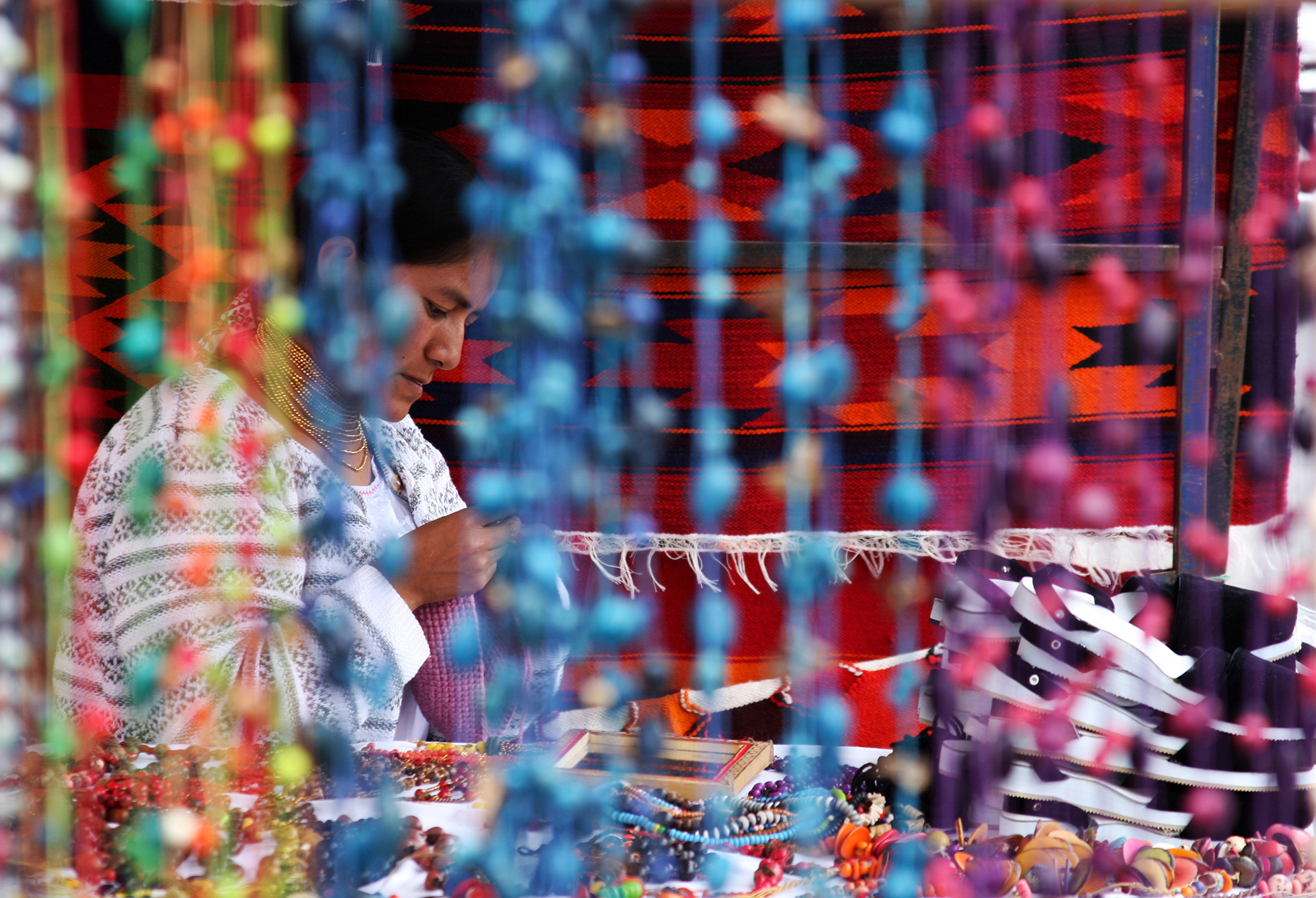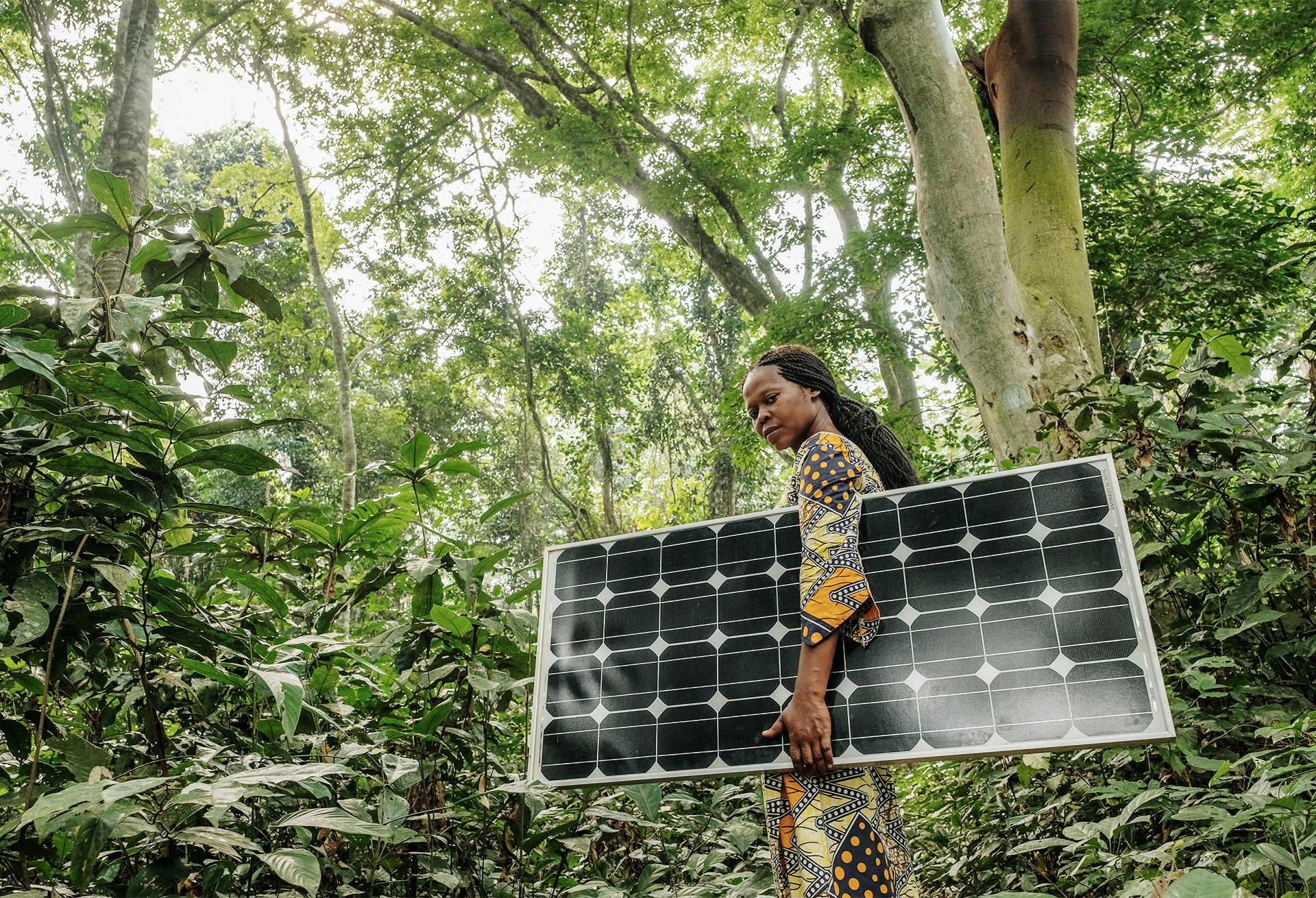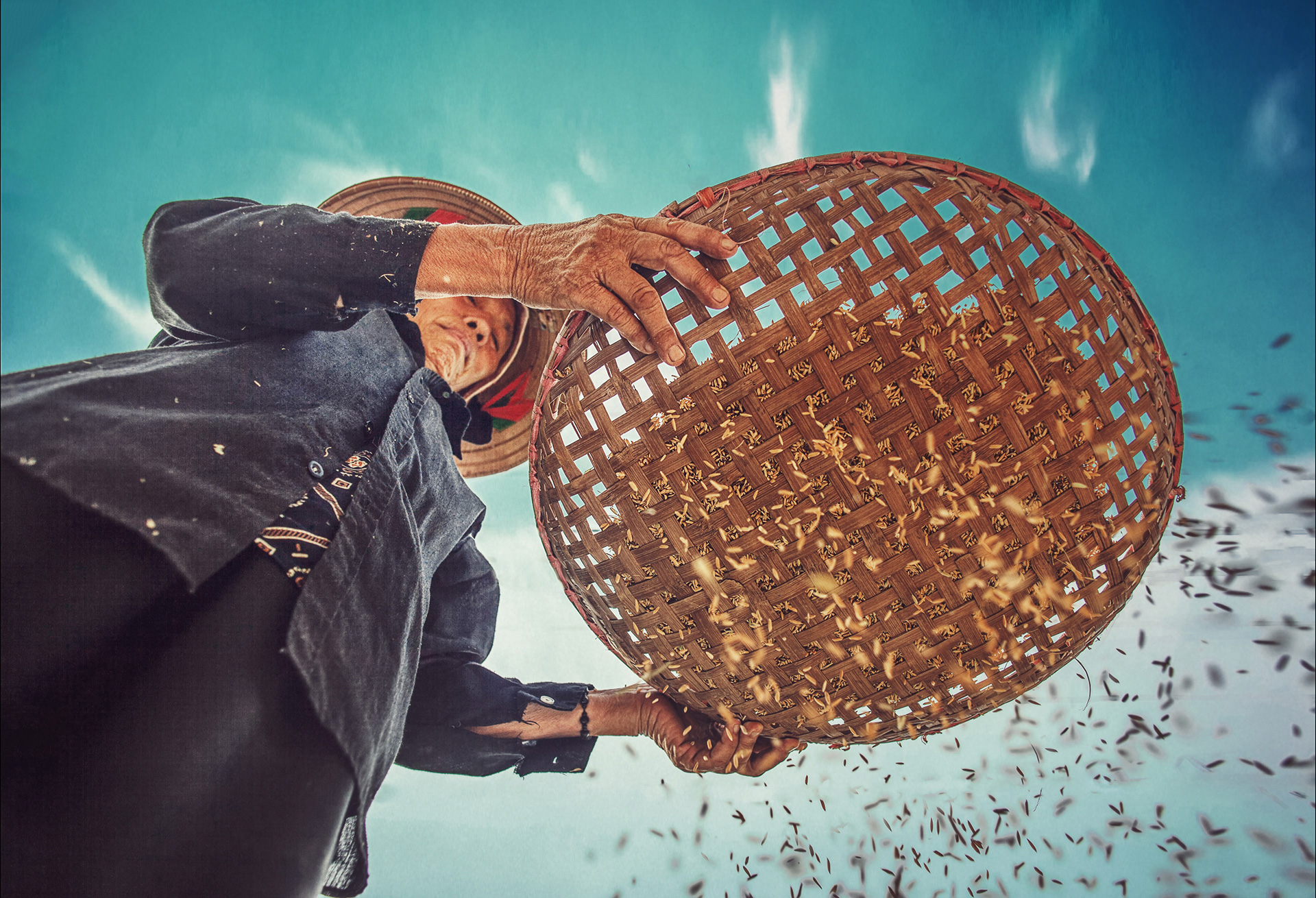Women’s Participation in the Maize and Bean Value Chains in Rwanda
Manual labour is commonly associated with men, not excluding agriculture, where long hours are spent outdoors tending land. However, women account for 40-60% (1) of the agricultural labour in developing countries, particularly in Africa and Asia, whereas they face more barriers in accessing finance and technical aid than men. How can we improve women’s access to financial services?
The Dutch Platform for Inclusive Finance (NpM), Capacity Building in Rural Finance (CABFIN) (2), and the United Nations World Food Programme (WFP) issued a study to bring greater understanding of the root causes of women dropping out from financial support (find full report here). The purpose of this study was to analyse the position of women in agricultural value chains in Rwanda, as well as the current and potential role of financial service providers (FSPs) in strengthening the positioning of women in these chains.
Rwanda was a particularly interesting country to have as a case study, due to its very conducive environment in enabling the promotion of women in agriculture. Despite government policies that promote the inclusion of women in the agricultural sector, challenges and constraints still exist in the country. It is particularly difficult for women to access land and farm inputs, equipment, trainings, financial services and market channels. Strong time constraints exist due to an extra burden for women, as well as limited power in negotiations on decisions between members of the households (known as ‘intra-household bargaining power’). Furthermore, women still have less access to larger loans for inputs, trading and aggregation. However, this study showed that, in the recent past, access to finance and participation of women in cooperatives has helped overcome such challenges.
This study analysed the position of women in the maize and beans value-chains in Rwanda. Respectively, these generally provide food and income security at the household level.
Conceptual Framework and Methodology Used
This research is conducted using the concept of women’s economic empowerment according to the DCED (3): ‘A woman is economically empowered when she has both: (a) access to resources: the options to advance economically; and (b) agency: the power to make and act on economic decisions.’ In addition, the Reach – Benefit – Empower framework (4) is used. This framework points out that simply reaching women, by including them as clients of financial services, as members of a financial cooperative or in a financial literacy training, does not ensure that they will benefit from the financial services in terms of improved (socio-economic) well-being or that they will be empowered, that they will have the power to take (financial) decisions. In general, projects should aim to go beyond merely reaching women.
A desk study and field research were conducted to achieve quantifiable insights into gender and finance in rural Rwanda as well as an in-depth view into the situation. Key Rwandan value chain actors were interviewed as well as segments of the population engaged in the agricultural production level of maize and beans.
Findings: Women’s Participation and Provision of Financial Services
In both value chains, women are found to be participating mostly at the production level, providing the bulk of the labour. Women have less presence in input supply, trading, and marketing.
The maize value chain is particularly interesting due to its structure compared to the bean value chain. Maize is an important food crop and increasingly important as a cash crop in Rwanda. It is still partially organized informally based on a spot market, but it is increasingly structured for commercial buyers in the chain. There is an opportunity for improving seed production and serving niche markets provided by commercial buyers. These two factors combined provide women more benefits from marketing opportunities, as well as training and financial services that were channeled through cooperatives operational in the chain.
The bean value chain, on the other hand, provides only a limited number of opportunities for women due to the poorly developed market and its lack of commercialization, causing FSPs to shy away from investing in bean production. At best, it provides food security at the household level and limited services to local markets. Additionally, there is a lack of access to good quality inputs, lack of mechanization, as well as low yielding seeds. There is a potential to increase access to formal financial services in this value chain, if commercialization of the bean value chain occurs.
Ultimately, both value chains have the potential to provide opportunities for women. Women are increasingly part of household level decision-making. They have a greater sway in the use of resources, especially in market related production activities. It must be noted however, that women may not have the incentive to grow their farms, e.g. if they do not have control over the additional income earned. Additionally, in some cases, women with greater incomes generated stress and conflicts in households. Though women are active in both bean and maize production, their role and influence in maize production is growing faster, especially through the cooperatives.
Although financial inclusion in Rwanda is high, formal lending for agriculture still lags; female producers primarily obtain financial services through informal finance or through linking informal with formal FSPs. Formal FSPs have no specific set of strategies that would address constraints of women, despite a few examples, such as Duterimbere, which specifically addresses women’s demands and needs in product design. The financing system in the maize value chain combines both formal and informal elements through the organization of solidarity groups and cooperatives. With this system in place, the opportunities for women to access bigger loans grow. Read more about this financing model in the chapter below.
Value Chain Finance Through Solidarity Group Loans in Cooperatives
Solidarity group loans are provided by MFIs in the context of the Farmer to Market program (FtMA) in Rwanda, together with ICCO Cooperation. It has been developed for producer organisations involved in formalized maize value chains. The producer organisations have a contract with a large buyer on a high-value market, instead of just selling their maize on a local market where the prices are usually lower and fluctuate more. In the contract, the buyer stipulates conditions in terms of quality and quantity; the seller gets the guarantee that the harvest will be purchased at an agreed price.
Cooperatives that want to benefit from the special group solidarity loan product from an MFI for their members, must organize the members in solidarity groups of 5-15 people. Ultimately this allows a member to access three types of loans, which can be used to buy inputs, for costs related to the harvest, or for both.
1. Internal group loans: The members of the solidarity group start saving in the group and even give small loans to each other. These loans are usually modest. Repayment should be done in a period not exceeding 3 months and with an interest rate varying between 5% to 10% per month, defined by the regulations
2. Group loan from the MFI: As soon as the solidarity groups have acquired a certain level of self-governance, they can acquire a loan from the MFI for individual group members. This is based on mutual guarantee and approval of the cooperative. The cooperative supports the credit applications of the solidarity groups and agrees to repay from sales of produce from the group members through the cooperative.
3. Individual loans from the MFI: Individual members of the solidarity group eventually open accounts at the MFI and can access individual, larger loans from the MFI directly. This provides a pathway for rural women to move into larger loan sizes.
This financing system is explained in Figure 1. It brings larger loans from MFIs within reach of women. Women greatly appreciate the small groups in which they know and trust everyone. The larger loans allow women to benefit from participation in the maize value chain resulting in a higher income. According to the women, the bulk income from selling to a large buyer during harvest time can be more easily used to build up household assets, e.g. for buying land and small animals. The remaining income is spent on health care, food, housing, and school fees. Women experience more appreciation in the household and an equal consultation on the use of resources.
Women stated that their participation in formalized value chains opened the door to their economic empowerment. They were able to explore new economic opportunities and engage in membership and leadership positions. Currently, women are well represented in the leadership of cooperatives in the maize value chain.
MFIs can provide larger loans to farmers, with reduced risk because of the associated group guarantee and the cooperative approval and monitoring of the loan to groups.
Large buyers are ensured that the farmers have enough funds available to buy the necessary inputs for a specific crop, in the required quality, and in the right quantity.
Figure 1. MFI-Stakeholder relationship model

Recommendations
➢ Replicate this financing model to other value chains, such as the beans value chain.
➢ Ensure that women participate equally in the producer organisations, so that they can equally benefit from participating in the value chain and from the accompanying services.
➢ Sensitize men on the double workload of women, and on the importance of joint decision-making in the households.
➢ Stimulate financial service providers to offer a variety of services to women in a profitable value chain, so that they can benefit and grow their businesses.
➢ Women require labour-saving equipment for agricultural production and for (post-) harvest activities. Financial service providers should develop loan products for this purpose.
To read more recommendations for chain supporters, financial service providers and their investors, click here to download the full report.
Footnotes
(1): The Food and Agriculture Organization of the United Nations (2011). The role of women in agriculture (ESA Working Paper No. 11-02). Retrieved form http://www.fao.org/3/am307e/am307e00.pdf
(2): The case study research was commissioned by the Food and Agriculture Organization (FAO) of the United Nations, within the framework of the CABFIN partnership comprising of FAO, the Deutsche Gesellschaft für Internationale Zusammenarbeit (GIZ), the International Fund for Agricultural Development (IFAD), the United Nations Capital Development Fund (UNCDF), the World Bank, the World Food Programme (WFP) and the Consultative Group to Assist the Poor (CGAP)
(3): Golla, A.; Malhotra, A.; Nanda, P and Mehra, R. (2011) ‘Understanding and Measuring Women’s Economic Empowerment: Definition, Framework and Indicators’, by the International Center for Research on Women (2011). In: Erin Markel (2014), Measuring Women’s Economic Empowerment in Private Sector Development, by the Donor Committee for Enterprise Development
(4): Meinzen-Dick, Ruth, et al. (2017) Do agricultural development projects reach, benefit, or empower women? Expert paper prepared by the International Food Policy Research Institute (IFPRI)
